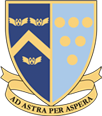History of DCGS
Dr Challoner’s Grammar School was founded in 1624 and housed in Market Square, Amersham. Not much is known about the school’s founder, Dr Robert Chaloner. Born in the Yorkshire village of, near Knaresborough, in 1547. His familial name is a traditional craft name for a maker of blankets. He was elected to a studentship at Christ Church, Oxford aged 16, and received his Bachelor of Arts degree in 1566. He received his Bachelor of Divinity degree in 1576, by which time he would have been old enough to be ordained. He was installed as Rector at St Mary’s Church, Amersham in 1576. He was awarded
 the degree of Doctor of Divinity by Christ Church in 1584 and was appointed Canon of St George’s, Windsor in 1589 where he took on the roles of chanter, auditor and precentor.
the degree of Doctor of Divinity by Christ Church in 1584 and was appointed Canon of St George’s, Windsor in 1589 where he took on the roles of chanter, auditor and precentor.
Robert Chaloner died in 1621 and left provision for two schools in his Will. The first, in Knaresborough, was set up in 1616 during his lifetime with a Charter from King James I. Like DCGS, King James’ School survives to this day. Robert Chaloner’s Will also declares that his decision around the setting up of the school in Amersham was ‘as a testimony of my love to them and theire children’. However, the problems from his Will only emerged after he died. His Will stipulated that the schools should be funded from the rents payable on lands he had owned in Wavendon in North Buckinghamshire. This took some time to come about and it was not until 16 September 1624 that the Manor Court at Great Missenden settled the matter in favour of Robert’s executors.
The ensuing Church Vestry meeting in the Church House in Amersham’s Market Square saw that building formally declared to be the home of the new school and the minute declares it was to be: for ever thereafter to be called the Free School of Robert Challoner, Doctor of Divinity, late Rector of the Parish Church of Amersham in the County of Bucks’ It is likely that the minute-taker’s spelling mistake of putting two l’s in Robert’s surname is from where the spelling we know of Challoner comes from today.
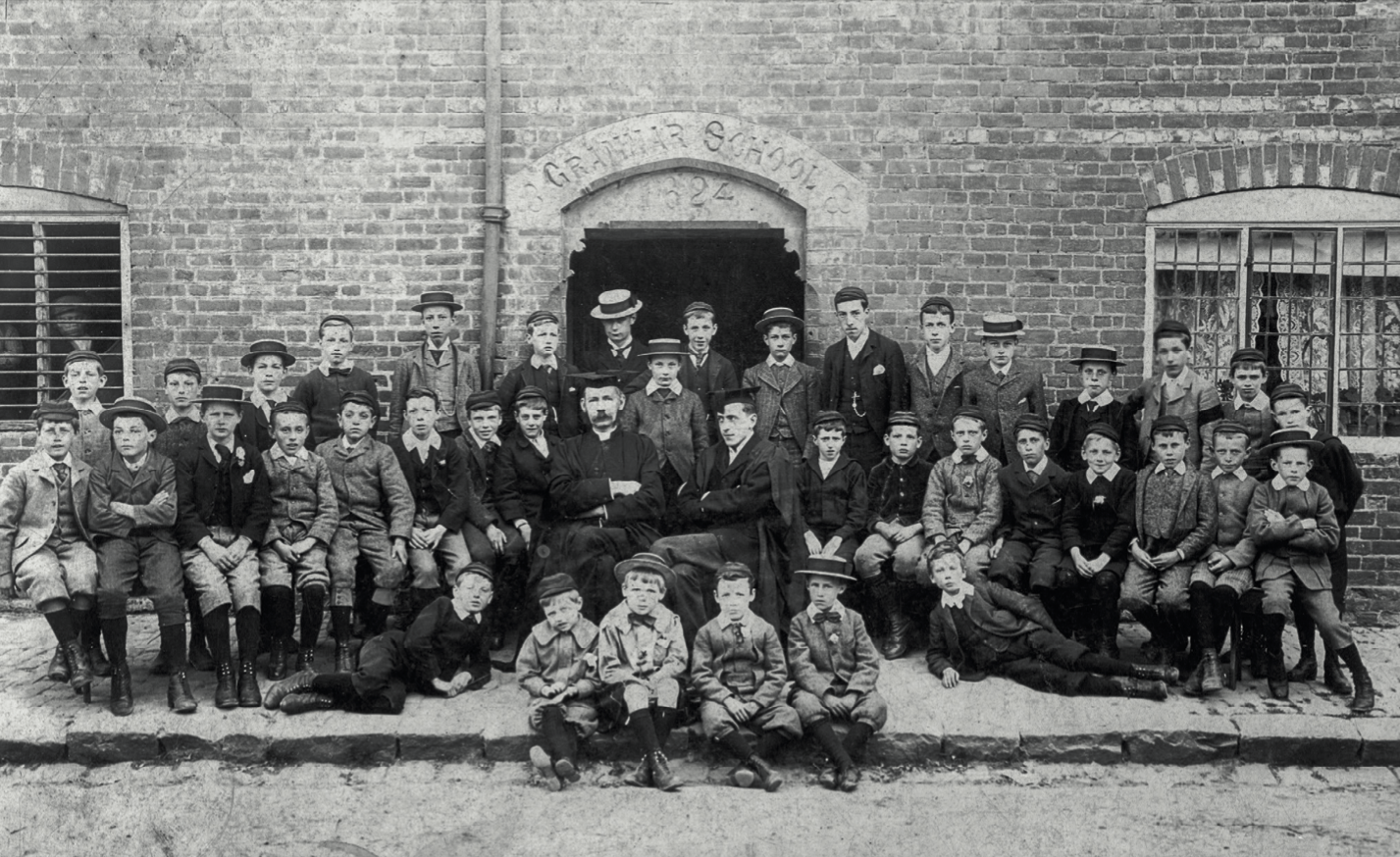 The school was to stay in its home on Market Square until 1905. Boys generally joined the school at the age of 7 or 8 and stayed until the age of 15 or 16 whereupon some would be enrolled in university. The curriculum focussed on Latin, religion and maths although there was the occasional games period to punctuate the rote-learning.
The school was to stay in its home on Market Square until 1905. Boys generally joined the school at the age of 7 or 8 and stayed until the age of 15 or 16 whereupon some would be enrolled in university. The curriculum focussed on Latin, religion and maths although there was the occasional games period to punctuate the rote-learning.
By the end of the nineteenth century, the school had expanded to some 40 pupils; it had done well to survive as the endowment for the school had long since dried up and successive teachers had complained about the conditions in which they had been forced to work. It was only really at the start of the twentieth century that the school was put onto a more secure footing which was shaped by the inspirational Headmaster Ernest Wainwright whose tenure was between 1897 and 1908.
Mr Wainwright was the first non-clergy leader of the school and his decade in charge was decisive in shaping the school today. He oversaw the creation of a science laboratory thanks to a grant from the Department of Science and Art and the school began to grow once again. Numbers soon dictated that the current building was no longer suitable and a solution was sought. Taking decisive action, he wrote to the County Education Committee who agreed to provide the sum of £1,500 for a new school, providing this could be matched and that the school became co-educational. A plot of land was offered by William Tyrwhitt-Drake which cost £775. The final sale of Robert Chaloner’s lands together with grants from Amersham Rural District Council helped to secure the site. The Council was finally persuaded to provide funding to build the first buildings which are still in use today.
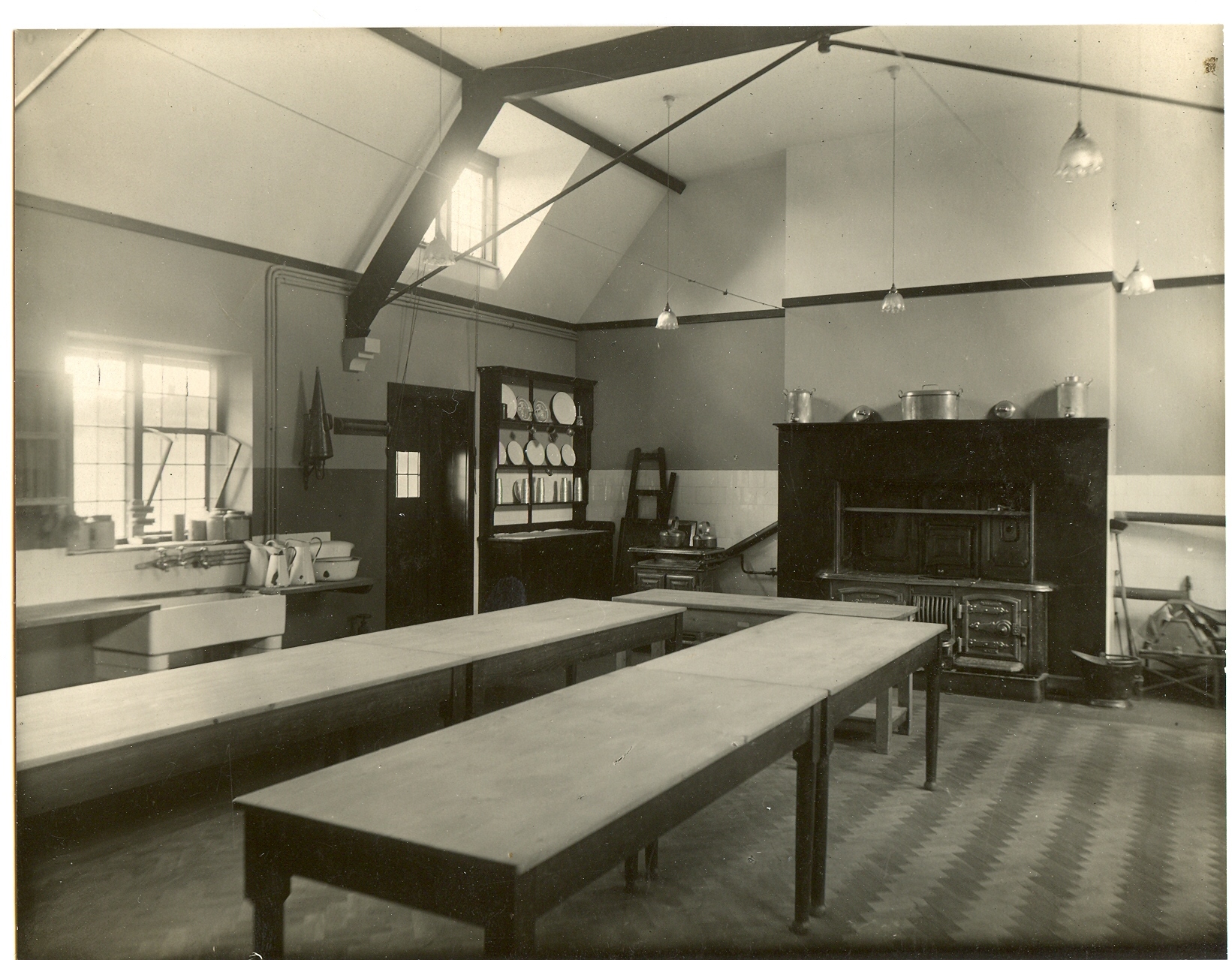
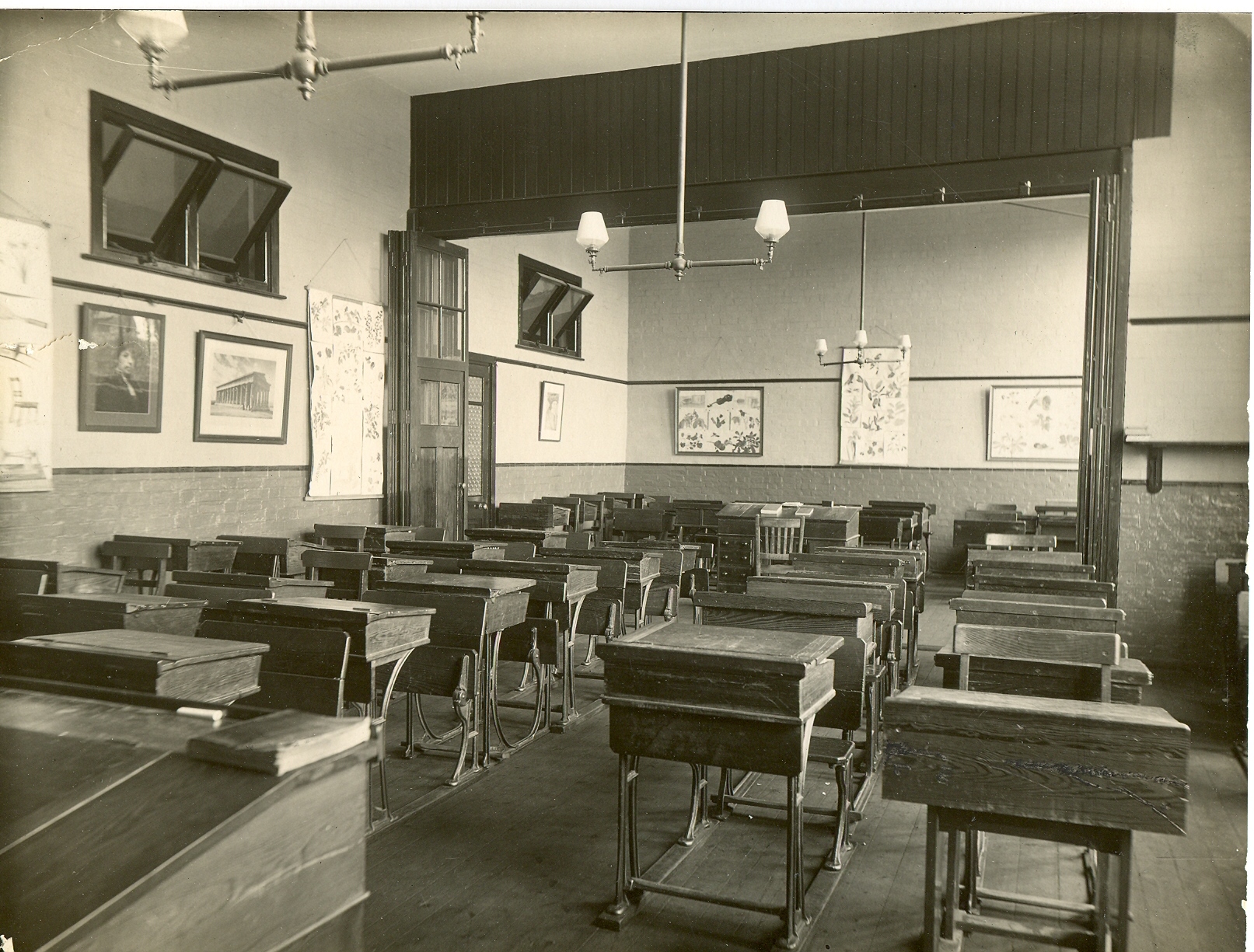
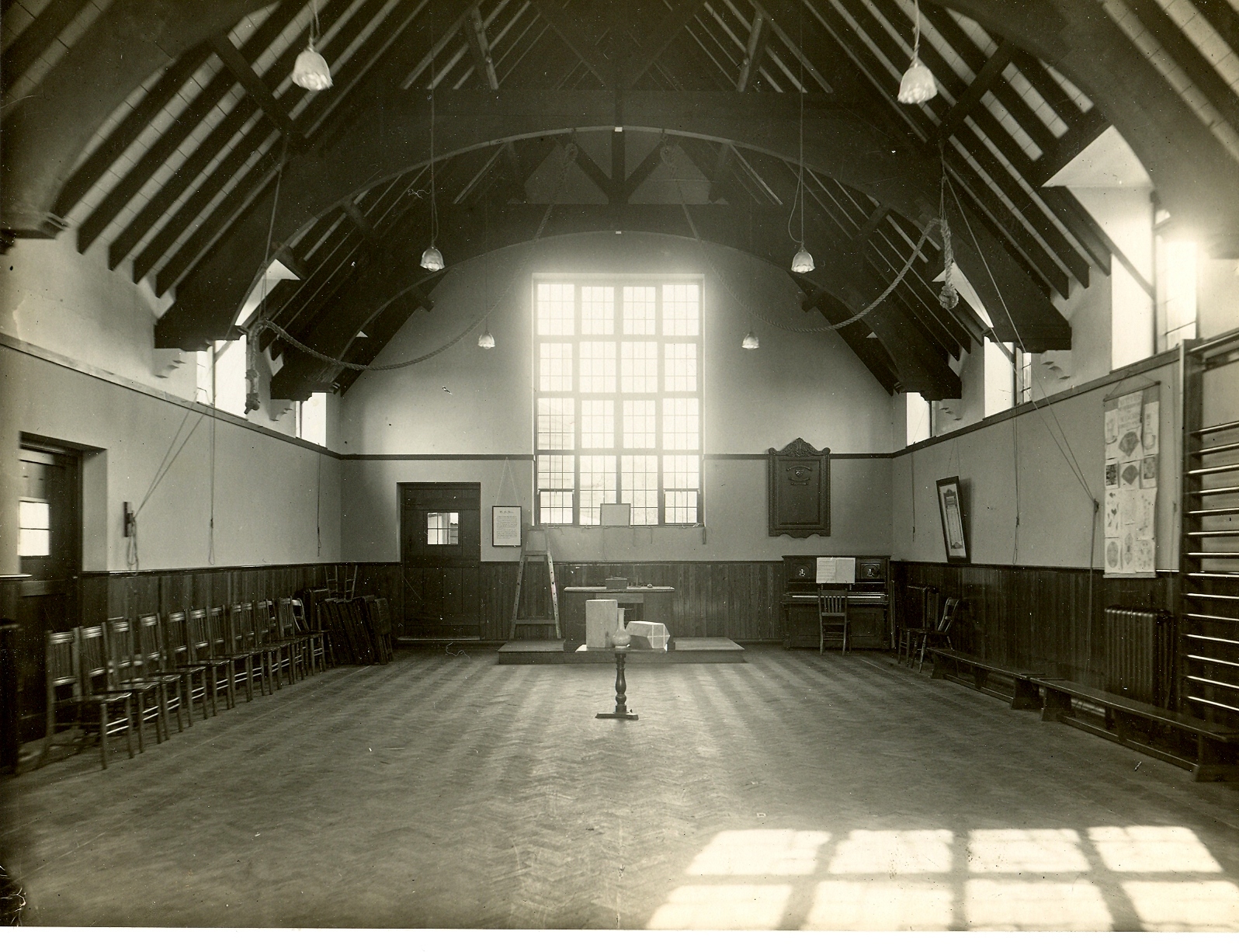
The new school opened in September 1905 and was originally designed to hold 90 students. The range of subjects on offer began to resemble the modern curriculum we see today and included Mathematics, English, History, Geography, Science and French along with Domestic Economy for the girls and Manual Instruction for the boys. There was an entrance examination and parents were encouraged to allow their offspring to stay in school long enough to sit Cambridge Local Examinations. The school was also fee-paying with a fee of £3 in 1906 payable to the clerk to the Governors.
Over the ensuing decades the school continued to grow, with the first building expansion taking place in 1910, five years after the initial opening. During World War 1 the school was used by the community with the Hall being used as a base for entertaining troops billeted to Amersham. Students grew potatoes and vegetables to assist in the war efforts, whilst the school took in seven Belgian refugees. Eleven former students and one member of staff were killed in action; their names remembered forever on the school’s war memorial.
By the end of the War, the school had grown to some 150 students, but the buildings continued to slide into disrepair. The Headteacher, Mr Yates, tried hard to press the case for renewed investment in the school, but despite his best efforts it would not be until the 1950s that there were major changes to the school estate.
During WWII there were major changes to the running of the school. The Headmaster, Mr Harrow, was supposedly called up as a pilot officer in April 1941 and demobilised as a flight lieutenant in 1945. At the time, little was known about his war service, although it has since come to light that he had spent his time at Bletchley Park translating the German coded messages. Chiswick High School for Girls shared the school site for much of the war with DCGS students being educated in the morning and the girls from Chiswick in the afternoon. Various other evacuees joined the school during this time including Roger Moore who stayed in Amersham for several months.
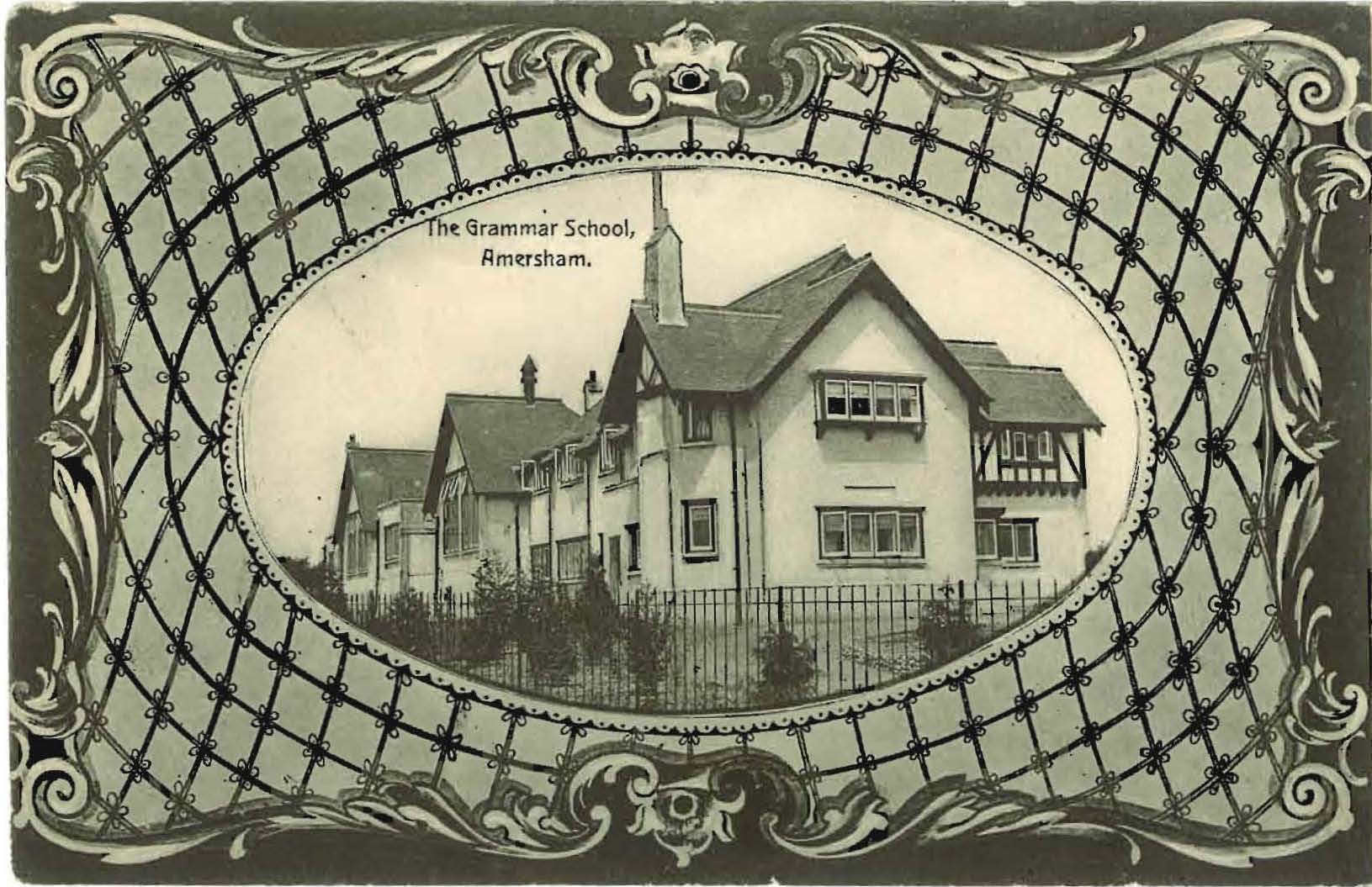 Overall, the school actually continued to flourish during the war, despite the loss of 24 Old Challoners who remain commemorated in the Hall today.
Overall, the school actually continued to flourish during the war, despite the loss of 24 Old Challoners who remain commemorated in the Hall today.
Post war, supported by the 1944 Education Act which supported Grammar Schools, the school thrived. The curriculum expanded and the number of students sitting the Schools Certificate Sixth Examinations increased from 3 to 24. Sciences and Modern Languages were taught and the school also included a Secretarial Section to support the girls in the Sixth Form, many of whom went on to work in top administrative functions. The library boasted some 4000 books and students also excelled in sport, music and drama. However, whilst the school excelled academically, the state of the buildings reached a crisis point.
The solution eventually came during the 1950s. Owing to the numbers of students on site, the first suggestions of a new school for girls was mentioned, although this did come to fruition for a further decade. At the end of the 1950s, a suite of new buildings including the current Hall and Tower Block were opened to much fanfare and finally enabled some of the more dilapidated buildings to be removed.
As the population in Amersham continued to grow, more and more pressure was put upon school places and the eventual solution was the opening of Dr Challoner’s High School in 1962. By 1964, the school was once again boys-only, a situation which was to continue until 2016 when the Sixth Form became co-educational.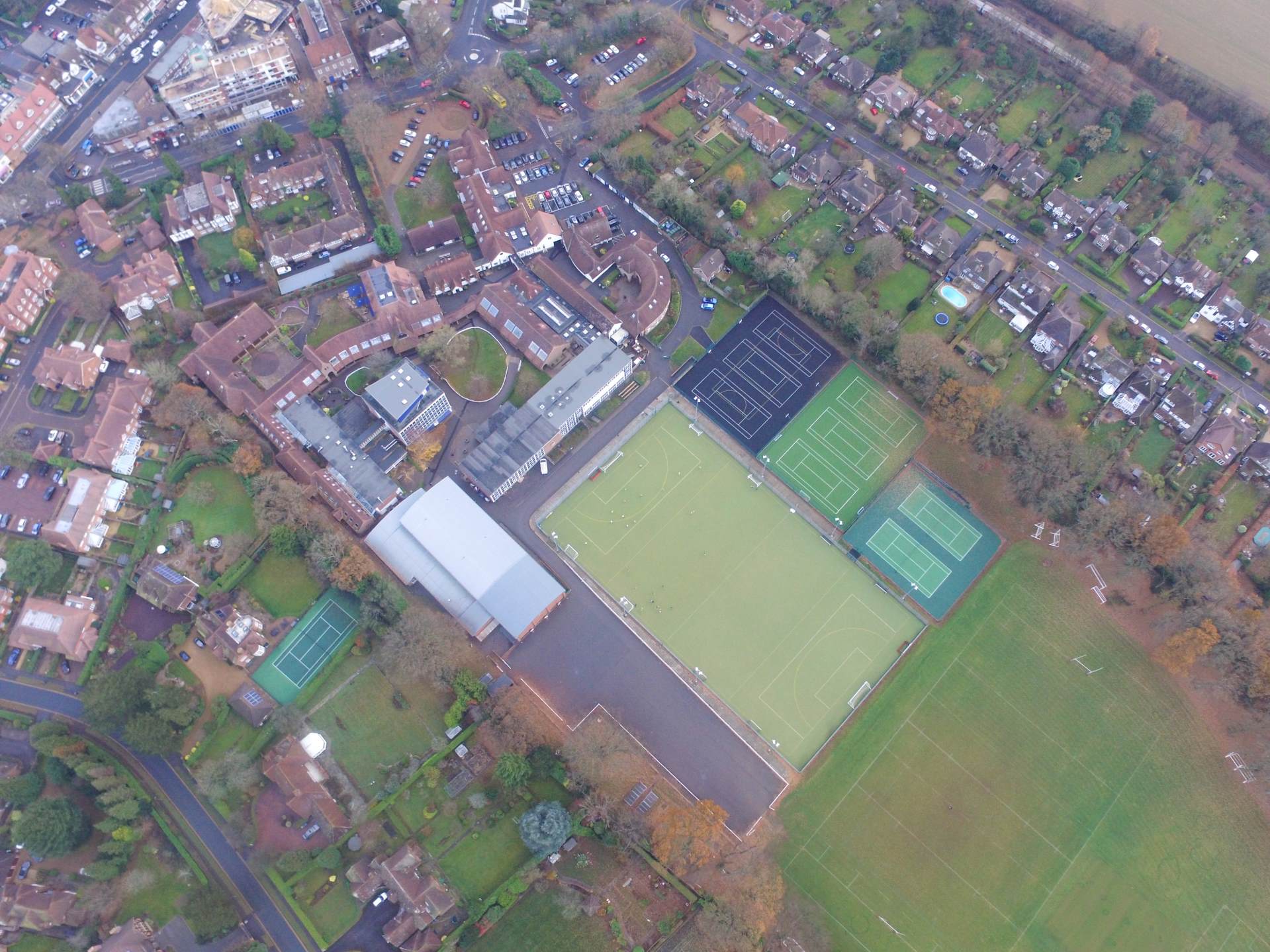
The last 60 years of the school's history have seen many changes. Buckinghamshire chose to retain the grammar school system which has dictated the school’s admissions policy ever since. The site continues to be developed and the 21st Century has seen the refurbishment and enhancement of sporting and music facilities, and the building of new science laboratories. The school is currently working upon the creation of a new student support centre to help students with all non academic aspects of school life.
The small school that started in the Market Square in 1624 has now grown to a community of students and staff numbering 1500 people in Amersham and over 5000 alumni across the globe. Whilst Robert Chaloner would not recognise education today, we continue to ensure his legacy continues to benefit the local community of Amersham.
As part of our 400th Anniversary Celebrations, the school commissioned a new history book of the school written by former Headmaster Mark Fenton. Copies are available from Waterstone’s in Amersham or directly from the school.
